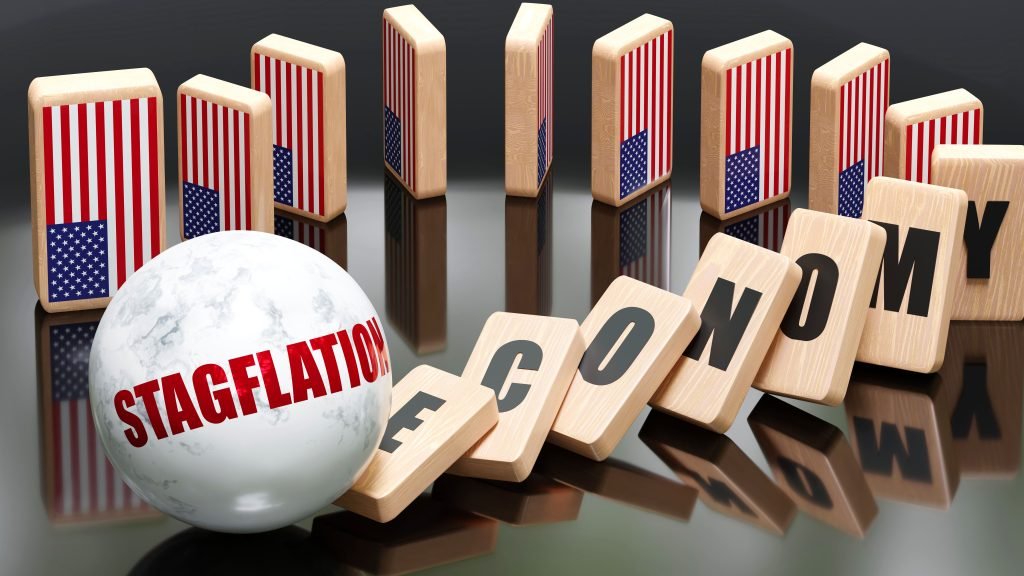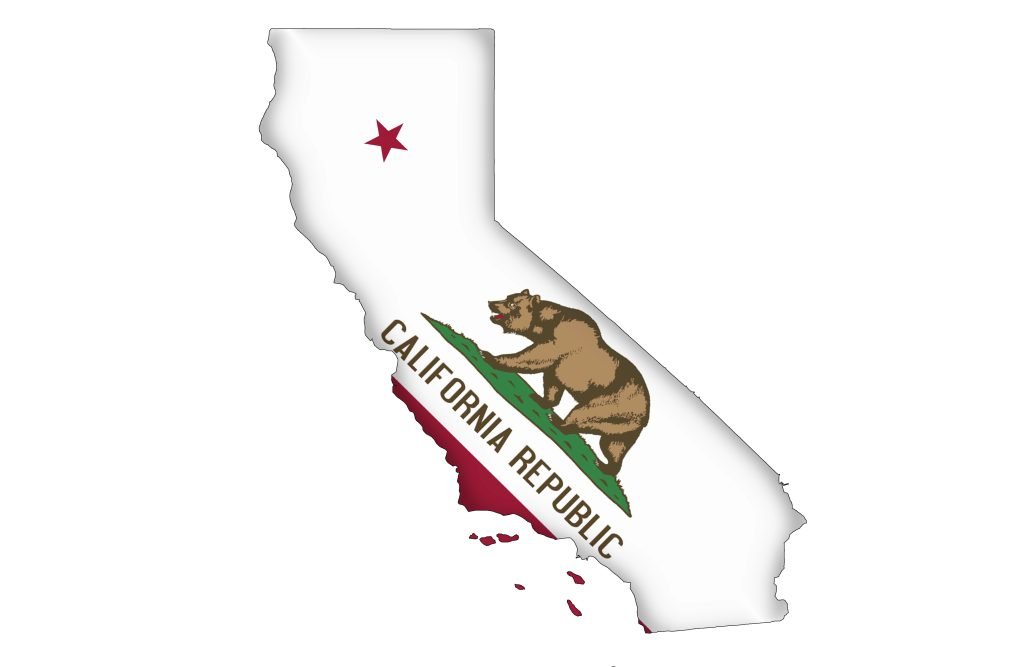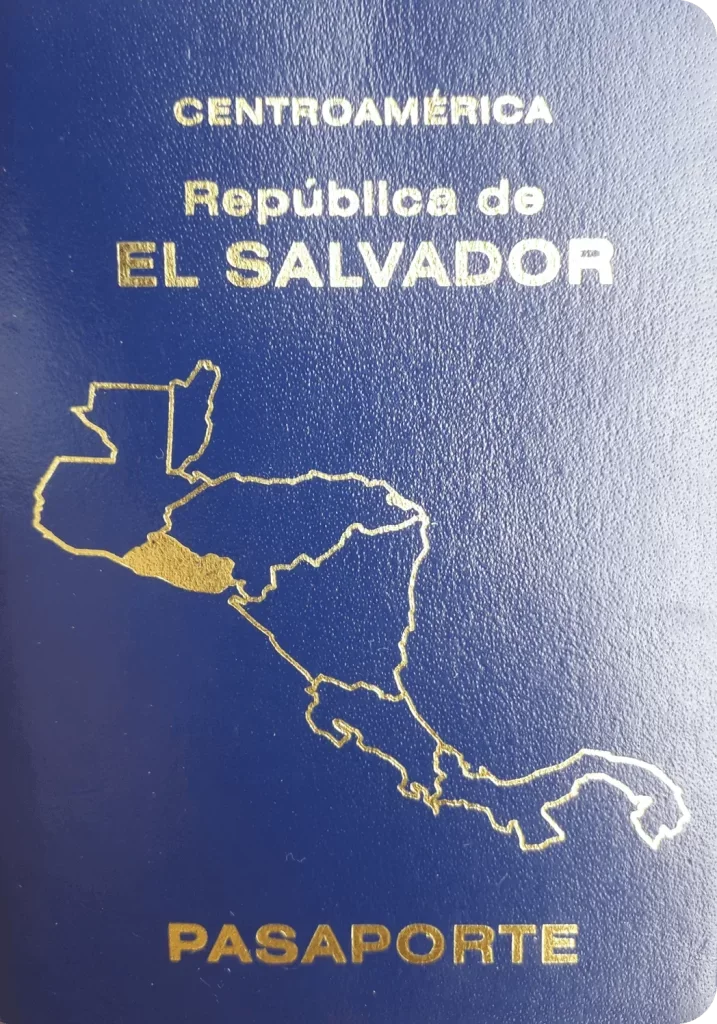On Friday evening, the government here in Puerto Rico made an announcement to local retirees that many of them would have their pensions cut.
Poof. Just like that.
The pension cut is part of a debt restructuring plan to help Puerto Rico emerge from bankruptcy, which they declared in May 2017.
Bankruptcy is complicated, so I’ll explain a bit here.
When individuals, corporations, and even local government take on so much debt that they can no longer make payments, they go through a specific legal process called bankruptcy.
During the bankruptcy process, a judge temporarily relieves the bankrupt from making any principal or interest payments on their debt while all sides work out a solution.
The bankrupt puts all of their assets and liabilities on the table, and then works with the bondholders to figure out a plan that everyone can live with.
Sometimes they’re successful. Occasionally you’ll hear about a big company (often an airline) ‘emerging from bankruptcy’.
This means the company was able to work out a deal with its bondholders, i.e. the company agrees to sell some assets and cut costs in order to pay the bondholders, but the bondholders agree to take a loss and only recover, say, 50 cents on the dollar.
Once the deal is settled, the debt is struck off the company’s balance sheet and they begin operating normally again.
Sometimes, though, a deal cannot be reached. And the Bankruptcy Court appoints a special representative to liquidate the company’s assets and split up the proceeds among the bondholders.
But governments can’t exactly do that. Bankruptcy courts don’t have the latitude to sell off police cars, fire trucks, and elementary schools in order to repay government bondholders.
And that’s why Puerto Rico’s debt negotiations have taken so long.
Puerto Rico has more than $70 billion in debt, worth nearly 70% of GDP. And making payments on that debt was consuming nearly 30% of government tax revenue every year.
That’s totally unsustainable, and declaring bankruptcy was inevitable.
When they declared bankruptcy in 2017, it was the biggest bankruptcy case in US history. And definitely one of the most complicated.
Again, the court couldn’t exactly ‘liquidate’ Puerto Rico and pay out the funds to bondholders.
So there’s been more than two years of negotiation between bondholders and all the various officials, pensions, unions, etc.
And on Friday they announced the deal.
Bondholders will take a huge cut of more than 60%. But, as part of the deal, many local retirees in Puerto Rico will see their pensions cut.
Pension payments are an enormous part of the Puerto Rico budget. And since the government here doesn’t have the option of conjuring more money out of thin air, they had no choice but to cut pensions in order to free up cash to pay bondholders.
This is absolutely a sign of things to come in the United States.
Just like Puerto Rico, the US government is heavily in debt. It’s actually much worse.
Puerto Rico’s debt-to-GDP was ‘only’ 70%. The federal government’s debt exceeds 100% of GDP.
And, just like Puerto Rico, the #1 most expensive item in the federal budget is retiree benefits (Social Security and Medicare).
The difference is that Uncle Sam is able to kick the can a lot farther down the road. They have the ‘benefit’ of going deeper into debt because the Federal Reserve will just print more money to buy US government bonds.
But even that has limits.
Social Security is already cashflow negative, and the program’s giant trust funds are starting to deplete their cash reserves.
There are simply too many retirees receiving benefits and not enough people paying into the system. It’s simple arithmetic.
Even the United States Treasury Secretary admits this; he, along with the Secretary of Labor, Secretary of Health and Human Services, etc. publish an annual report forecasting that Social Security’s trust funds will run out of money in about 15 years.
They’re practically giving you a date to circle on the calendar.
This isn’t just a US problem either. A recent report from Citibank estimated that, among the world’s 20 wealthiest nations, the total pension gap is an eye-popping $78 TRILLION.
That makes Puerto Rico’s problem tiny by comparison. And realistically there’s just no way for governments to solve a problem that large.
Their only hope is to do what Puerto Rico did: default on their promises and cut pensions.
Few people pay attention, though. It’s too far out in the future.
But just because something is far off doesn’t mean we should put it off.
One of the most effective solutions is setting up a more robust retirement structure, something like a Solo 401(k) or SEP IRA.
And if you haven’t started yet and feel like you’re getting a late start, you can move up to $56,000 in qualifying income per year into these types of retirement structures.
So even if you’re already 60, you could put away a ton of money for your retirement over the course of 5-10 years with something as simple as driving around for Uber on the weekend, or selling cupcakes on the side, or just about anything else out there in the Gig Economy.
If you’re young, this is even more important.
An 18-year old who puts $5,000 into an IRA this year could see that money grow to more than $250,000 over the next 50 years.
Yes, that’s a long way off. But time is on your side. And the earlier you get started, the better off you’ll be.
The government has no hope of fixing this. Young people will spend their entire lives paying into a broken system that won’t be there when it comes time for them to collect.
The only fix for this pension problem is taking matters into your own hands. And saving a little bit of money now will literally pay enormous dividends in the future.









